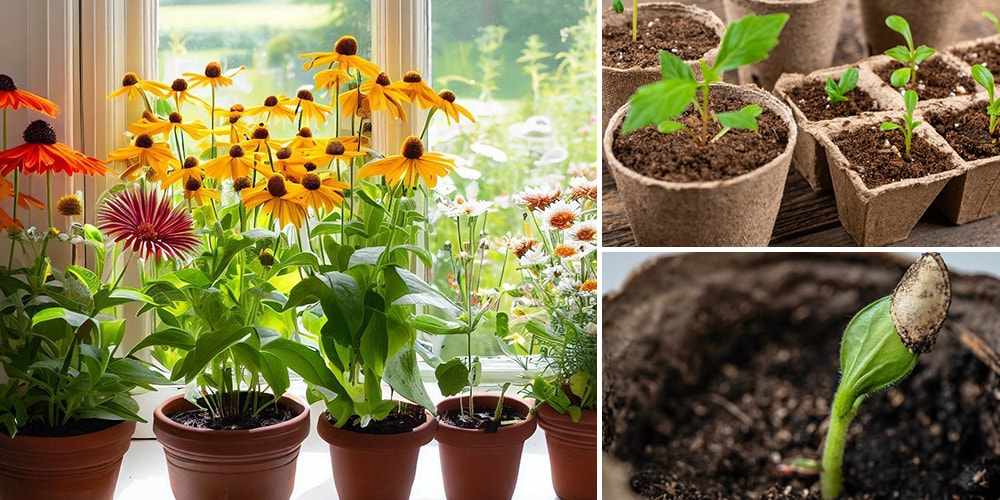
Medicinal Seeds You Should Start This Winter
While traditional medicine is helpful, the adverse effects of taking man-made medicine must not be overlooked. It is far safer to treat your ailments with homegrown plants. With that in mind, here are ten medicinal seeds you should plant this winter.
Chicory
Chicory belongs to the dandelion family and has been used for centuries due to its abundant medicinal properties. It contains inulin, a soluble fiber good for digestive health. Chicory also contains anti-inflammatory properties and helps reduce inflammation in the body. One way to use chicory is to drink it as a tea.
Its leaves are also nutritious for animals like chickens, rabbits, and goats, providing a natural and cost-effective feed source on the homestead.
How to Plant Chicory Seeds
Use a shallow, wide container with drainage holes. Add well-drained soil to the pot.
Improve drainage by mixing garden soil with perlite or sand, or a lightweight potting mix. Plant the seeds about ¼ inch deep into the soil and space them a few inches apart.
Place the pot near a grow light for 6-8 hours per day. Set the indoor temperature to between 60 F – 70 F. Prevent humidity-related problems by making sure there is good circulation in the room.
Keep the soil moist but make sure it doesn’t get waterlogged. Use a balanced, diluted fertilizer every 2-4 weeks. Chicory seeds will germinate after two to three weeks.
Yarrow
Yarrow contains several active compounds that are effective for wound healing, digestive health, menstrual health, and fever reduction. For women who experience menstrual cramps, drink yarrow as a tea. It is recommended that you start drinking the tea a few days before your period is due, and throughout your period for best results.
Yarrow is beneficial as a companion plant in gardens. It attracts predatory insects and enhances soil health. Planting yarrow near vegetables can help repel pests and improve overall garden biodiversity.
How to Plant Yarrow Seeds
Use a shallow, wide container with drainage holes and add well-drained soil to the pot.
Improve drainage by mixing garden soil with perlite or sand, or a lightweight potting mix, plant the seeds on the surface and gently press them into the soil.
Use a balanced, diluted fertilizer every 3-4 weeks. The seeds will germinate within two to three weeks. Prevent humidity-related problems by making sure there is good circulation in the room where it is growing and watering the yarrow plant when the top inch of soil feels dry.
Learn here how to build a rainwater harvesting and purification system that will give you an endless supply of clean water for your plants, or to drink and cook with.
California Poppy
California poppies, being native plants, support local ecosystems. They attract pollinators like bees and butterflies, contributing to biodiversity. People interested in fostering wildlife can use California poppies as part of their habitat-friendly landscaping.
This plant is used for various medicinal purposes such as pain relief, sleep aid, and nervous system support.
How to Plant California Poppy Seeds
Plant California poppy seeds in well-drained, sunny soil during winter. Optionally, cold-stratify seeds in the fridge before scattering them on the soil surface. Gently press seeds in, ensuring good contact.
Keep soil consistently moist for germination. Thin seedlings if desired, and maintain moist but not waterlogged conditions. With vibrant orange, yellow, or red blooms, these annual wildflowers are low-maintenance and thrive in cooler temperatures. Consider local climate and soil conditions, and check seed packets for specific instructions.
Marshmallow
Marshmallow contains properties such as flavonoids and mucilage that have several health benefits. Marshmallow is good for digestive health, the respiratory system, skin irritations, urinary health, and wound health. The young leaves and flowers of marshmallow are edible. They can be used in salads or cooked as greens.
How to Plant Marshmallow Seeds
In winter, plant marshmallow seeds in well-drained soil with full sunlight. Sow seeds on the surface, lightly pressing them in. While not mandatory, cold stratification in the fridge can enhance germination.
Keep the soil consistently moist until seeds sprout. Marshmallow plants, known for their soothing properties, prefer slightly acidic soil. Watch for seedlings, thin if necessary, and maintain appropriate moisture levels.
Chamomile
Chamomile is a powerful natural remedy used for calming, relaxing, digestion, skincare, menstrual pain relief, and respiratory health. If you are struggling to sleep, drinking a cup of chamomile tea will help you relax and fall asleep.
Planting chamomile alongside certain crops is good for the garden. It helps nearby plants like cabbages, onions, and herbs grow better and taste even more delicious.
How to Plant Chamomile Seeds
In winter, plant chamomile seeds in well-drained, sunny soil. Scatter seeds on the surface, lightly pressing them in, and water gently. Chamomile, thriving in full sunlight, prefers slightly acidic to neutral soil. For enhanced germination, consider optional cold stratification by chilling seeds in the fridge before planting.
While mulching is optional, a thin layer aids in moisture retention. Chamomile seeds generally germinate well in cooler temperatures, making winter an appropriate planting time.
Evening Primrose
Evening primrose originates from North America but is found all over the world. Its seeds contain gamma-linoleic acid (GLA), an essential fatty acid responsible for many of its health benefits including arthritis, joint pain, digestive health, nervous system support, cardiovascular health, eczema, and dermatitis.
How to Plant Evening Primrose Seeds
During winter, sow evening primrose seeds in well-draining, sunlit soil. Place the seeds on the surface, lightly press them into the soil, and water gently to maintain consistent moisture.
For improved germination, consider cold-stratifying the seeds in the refrigerator before planting. Evening primrose thrives in soil that is slightly acidic to neutral. Keep an eye out for seedlings, thinning if necessary, and ensure the right moisture levels are maintained for successful growth.
Lavender
Lavender is a popular herb known for its delightful aroma and many health benefits including pain relief, skincare, hair care, digestive health, improved sleep, and anxiety.
How to Plant Lavender Seeds
Fill small seed pots or trays with a well-draining seed-starting mix. Mix the soil with perlite or sand for better drainage.
Lightly sprinkle the seeds onto the soil surface and gently press them down. Place the pot in front of a window for lighting. Cover the seed trays with a plastic dome to create a humid environment.
Check the moisture level regularly and mist as needed. Water the plants when the top inch of soil feels dry. Provide deep, thorough watering sessions rather than frequent shallow watering.
Once the seedlings have a few sets of true leaves and are large enough to handle, transplant them into individual pots with good drainage. It takes lavender seeds two to three weeks to germinate.
Echinacea
Also known as ‘coneflower,’ Echinacea is a group of herbaceous plants in the daisy family. It has many health benefits including wound healing, relief from sore throat, allergy relief, and gastrointestinal health. To treat a sore throat, drink Echinacea as a tea.
Planting Echinacea near vegetable gardens or other susceptible plants can act as a natural pest deterrent. The plant attracts beneficial insects, such as bees and butterflies, while repelling certain pests.
How to Plant Echinacea Seeds
In winter, plant Echinacea seeds in well-drained, sunny soil. Sow seeds on the surface, lightly pressing them in, and water gently for consistent moisture. Echinacea thrives in slightly acidic to neutral soil.
Winter’s cooler temperatures are suitable for germination. Thin seedlings as needed. Once established, Echinacea is drought-tolerant but maintains moisture during the initial stages. Optionally, allow some plants to mature for seed harvesting.
Calendula
Also known as ‘marigold,’ calendula is a flowering plant with many health benefits including skin health, eye health, oral health, and immune support.
Calendula can also be used as part of a natural insect repellent. The strong scent of calendula flowers may help keep certain insects at bay.
How to Plant Calendula Seeds
Fill the seed trays or small pots with a seed-starting mix. Plant the seeds ¼ inch deep into the soil and space the seeds a few inches apart.
Mist the soil surface with water using a spray bottle. Cover the seed trays with a plastic dome to create a humid environment.
Check the moisture level regularly and mist as needed. Place a fluorescent grow light a few inches above the trays for 6-8 hours a day.
Once the seedlings have a few sets of true leaves and are large enough to handle, transplant them into individual pots with good drainage. Seeds begin to germinate within one week.
Feverfew
Feverfew is known for its anti-inflammatory properties and is also good for fever reduction and digestive health. To use feverfew for digestive problems by drinking it as a tea.
How to Plant Feverfew Seeds
For indoor winter planting of Feverfew seeds, start by selecting containers with drainage and filling them with a quality seed starting mix. Scatter the seeds on the soil surface, lightly pressing them in, and maintain consistent soil moisture without overwatering. Enclose the containers to create a humid environment, and place them in a well-lit area or use grow lights.
Aim to keep the temperature around 70°F (21°C) for optimal germination, typically occurring within 2-3 weeks. Once the seedlings have developed true leaves, transplant them into larger pots or the outdoor garden when the risk of frost has passed. Ongoing care involves regular watering and adequate light to ensure healthy growth. This approach facilitates early development for subsequent transplanting outdoors in the spring, and adjustments can be made based on Feverfew’s specific needs and local conditions.
So…common medicinal herbs can also be grown in winter with the right care. Adjust your cultivation approach based on the specific requirements of each herb and your local climate. Indoor cultivation is particularly effective for ensuring a steady supply of fresh herbs during the winter months.
It’s the perfect time to start cultivating medicinal plants at home so that you’ll have them at hand all year round. You can find premium, non-GMO seeds for all of these plants in the Medicinal Garden Kit.
This article first appeared here.

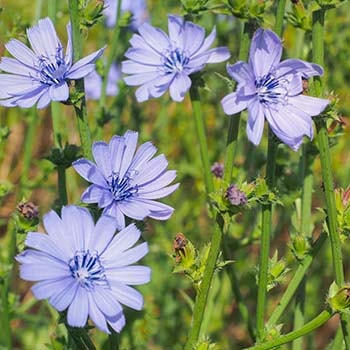
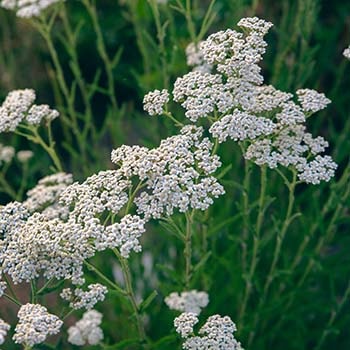
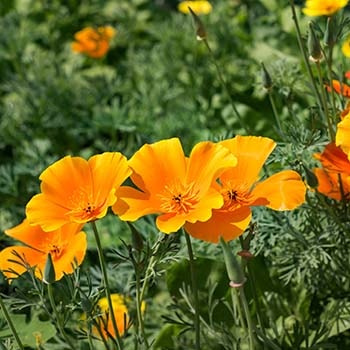
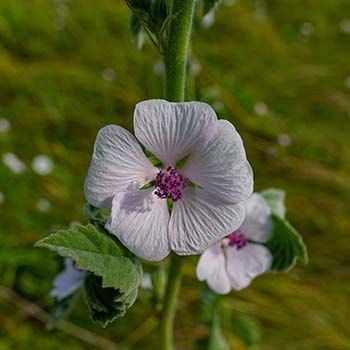
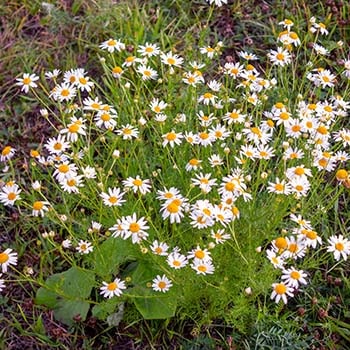
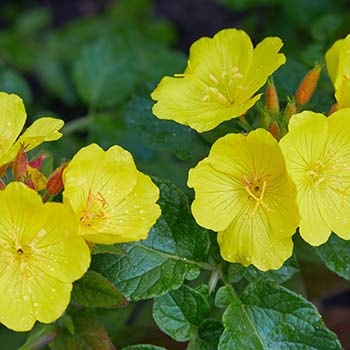
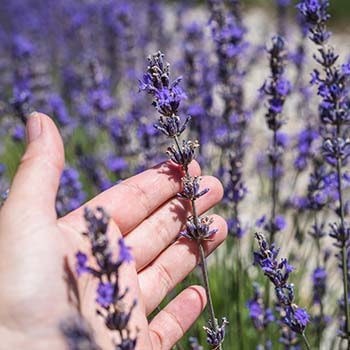
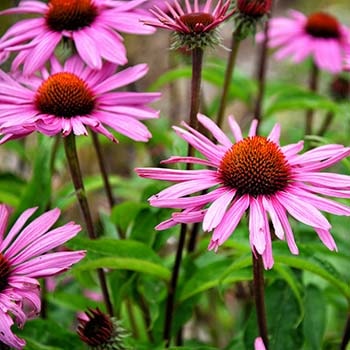
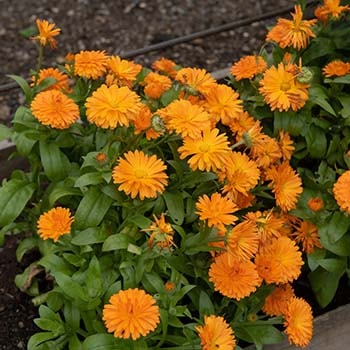
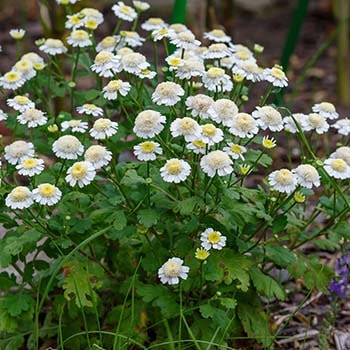
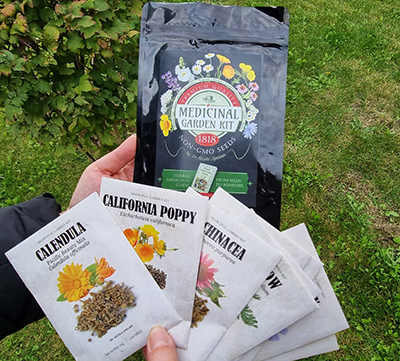
I purchased your medical seeds, but I plan to seed them for my aeroponic, and hydroponic indoor systems. I’d be interested to know of anyone’s success with that planting method.
Do you send these to Ireland?
Hi Luie,
Thank you for your interest in the Medicinal Garden Kit!
Unfortunately, it’s available for the US only at the moment.
Many blessings and good health!
Will most of these plants grow in USDA Zone 8a?
I’m in a zone 8a… These herbs are not identified here by their latin names… so it can get dicey knowing what is being talked about here as multiple plant species can be called by the same common names.. that said, California Poppy; Chicory (Cichorium intybus); Meadowsweet (Spiraea douglasii) not (Filipendula ulmaria) tho some sources say they are the same, but on the USDA plants and the Oregon plants sites and multiple sources have them as commpletely different.. Spiraea douglasii is native while Filipendula ulmaria is listed as introduced.. both are used medicinally; yarrrow (Achillea millefolium) grow wild and prolifically all around me.. some of the others are not so wild or prolific but still can be found..
I happen to be on basically raw 2nd growth native woodland and rougly 80% of the plants that were here are native with the rest introduced and often considered invasive.. My own plan is encouraging and reintroducing the natives.. I tend to keep the non-natives potted in cloth grow pots especially if my planting them is a stark introduction to the area.
I would encourage you to research each plant you are interested in.. both in The Lost Herbs libraries as well as the general internet… you will learn a lot including that some are easily propagated by cuttings or root division as alterative to seed.. but also you can find deep and profuse sources of what to use them for, how to prepare them, and find what easily fits into your own lifestyle as a supplement to, not a replacement of, The Lost Herbs wealth of information..
Sorry for any confusion, the Meadosweet is in the https://thelostherbs.com/10-medicinal-herbs-to-plant-in-early-spring/ article which has many of rhe same herbs…
Also, do you have a book or cards of how-to’s to make the tinctures etc,?
Hi Mai,
The Medicinal Garden kit comes with a booklet about how to make herbal remedies with each plant. Also, you can check out all our books in the Store section of the website.
Many blessings and good health!
Can I purchase the seeds package in the UK.
Hi Philip,
Unfortunately, it’s available for the US only at the moment.
Many blessings and good health!
How many of these plants are perennials? Thanks.
Am I understanding that you don’t ship to Canada?
I wish this were printable so I can see how to plant the seeds.